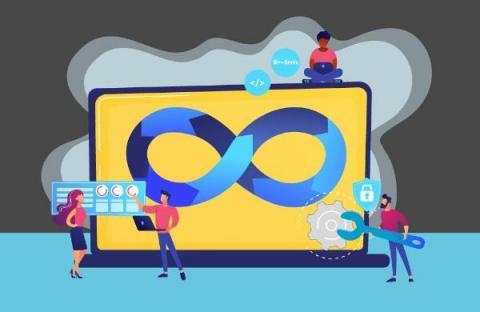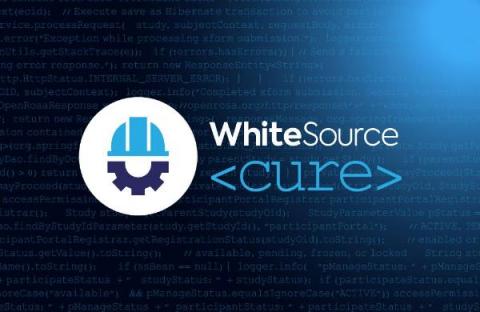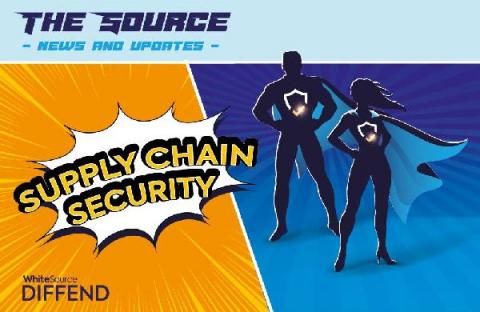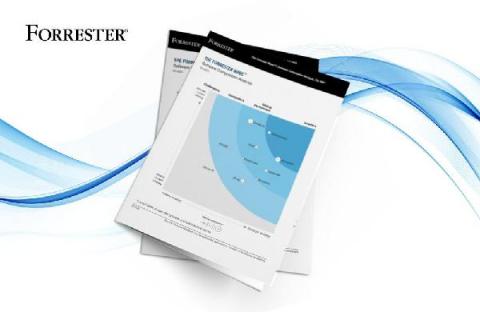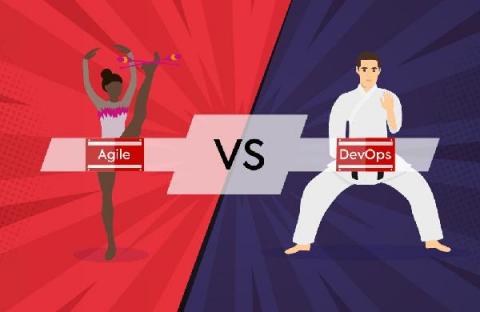How To Transition Your Team From DevOps To DevSecOps
DevOps has transformed the software development industry. The merging of development (Dev) and operations (Ops) teams has largely contributed to quick and effective software releases. The continuous evolution of the application security threat landscape requires organizations to integrate security into the DevOps culture. Thus, DevSecOps has emerged to extend the capabilities of DevOps and enable enterprises to release secure software faster.


